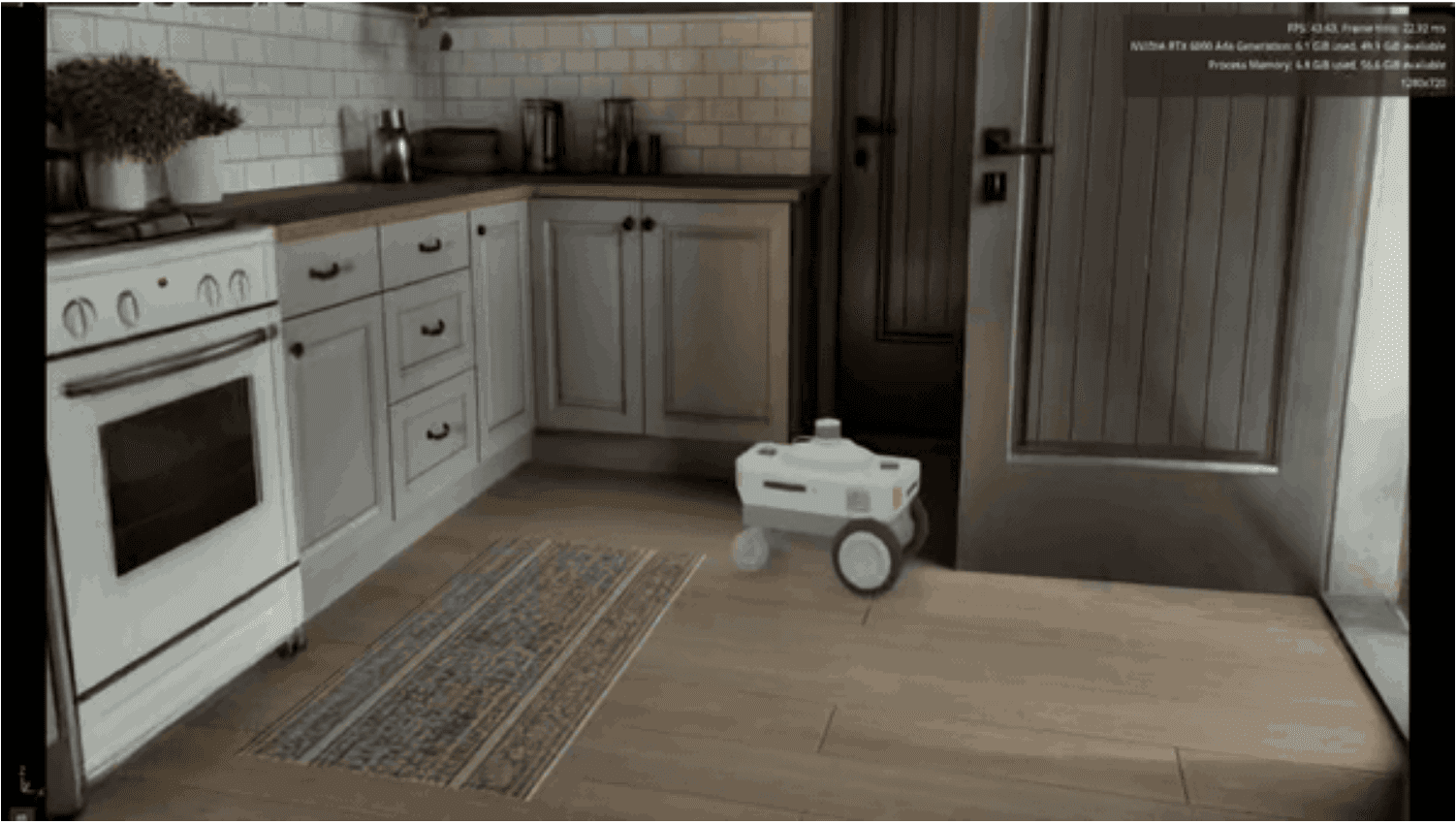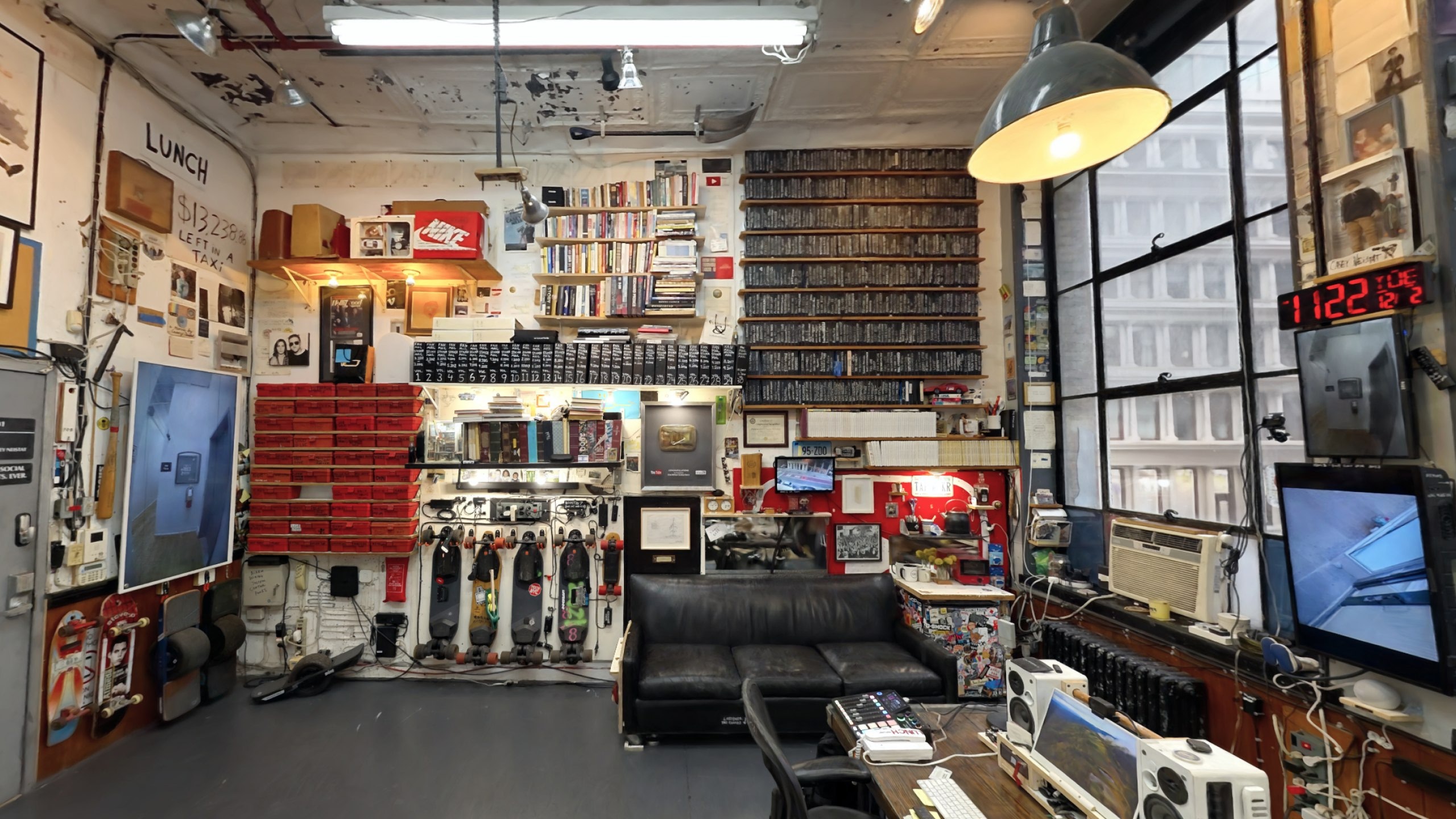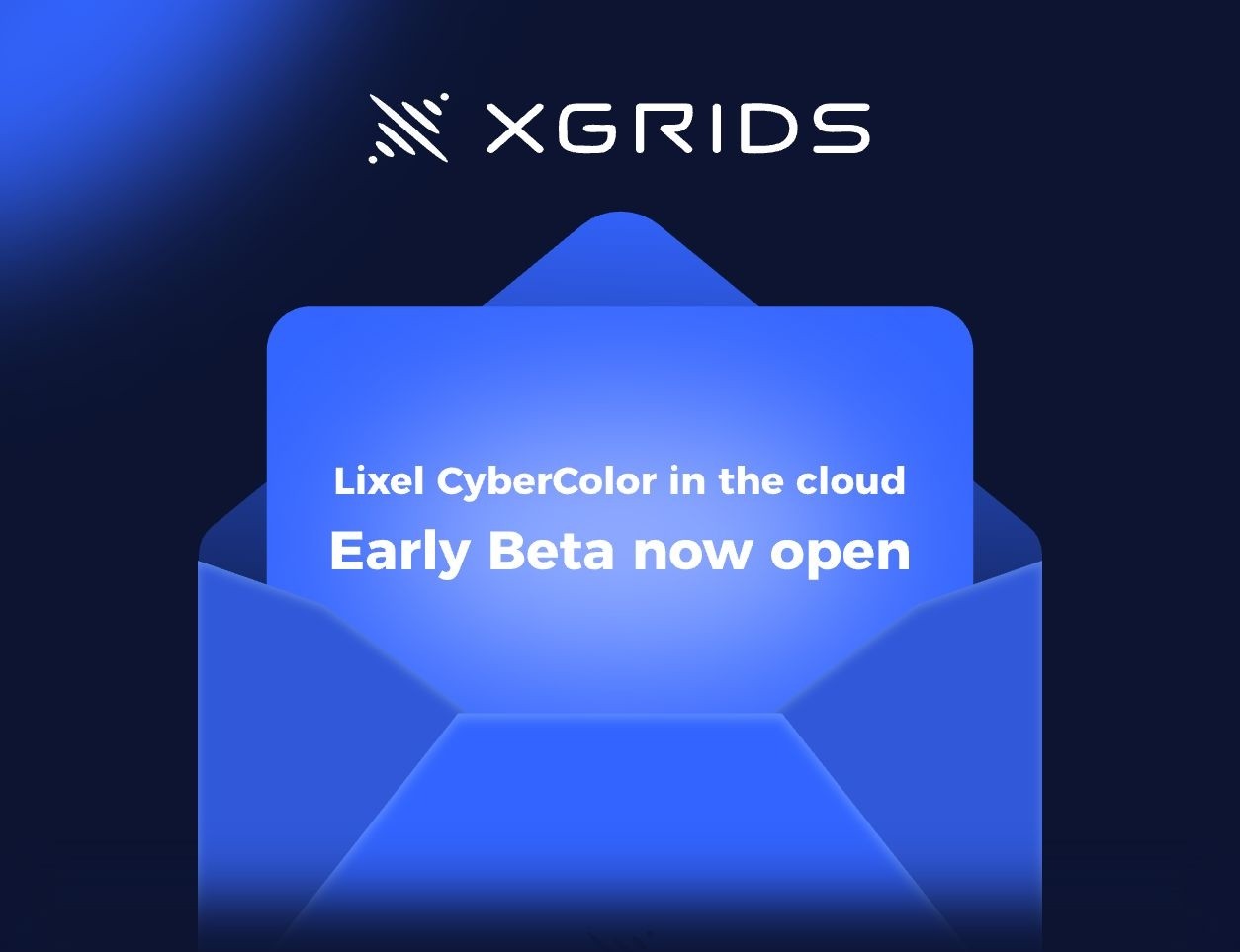
Michael Rubloff
Dec 4, 2023
Today has gotten very exciting.
A Delaware based startup, Gracia, emerged out of nowhere earlier this afternoon with an open Beta to view Gaussian Splats in VR. Gracia is supported on Windows and is downloadable from their website. It is a one click to install platform and it's still early enough to grab a first name username (@Michael is no longer available. Sorry).
Gracia's mission is to provide people with photo-realistic volumetric videos.
For those who have not had a chance to experience radiance fields in VR, they are surprisingly compelling, as the view depending features continue to shine through and allows you walk through the space. Depending on your capture, it can hold great significant sentimental value to you— it really becomes a frozen moment in time.
Gracia's vision is to provide people with photo-realistic volumetric videos.
Currently there are six scenes to choose from, all of which are coming from research papers. However, Gracia is able to support any .PLY that includes valid SH3 data, including those made by Luma AI or Polycam.
As part of their recommendations, they suggest using a 3070 at minimum to view the Splat scenes in realtime. With a 4090, they were able to achieve 550 fps at 2x2224x2160. However, these are not strict requirements; Gracia is designed to be flexible, catering to a wide range of hardware capabilities.
They have a very water color painting look to them. Interesting contrast from triangulated photogrammetry meshes pic.twitter.com/RUbAtKJIds — Azad Balabanian (@Azadux) December 4, 2023
On Twitter, the team confirmed that the Quest 3 will be the first one to get access to Gracia, but the platform will be supported by the Vision Pro as well.
Earlier this year, we saw experiments from Co-Founder and CTO Andrew Volodin on Twitter, showcasing the ability to interact with Gaussian Splatting in VR, with help from Infinite Realities.
Gaussian splatting video in VR, now running at 2x2224x2160 @ 100 FPS. iPhone's Spatial Videos simply can't compare, temporal flickering is there to remind your brain you're in VR!
🧵on performance, details, and next steps: pic.twitter.com/khWpTmCdAr — Andrey Volodin (@s1ddok) September 21, 2023
Volodin has since transformed that experiment into the free to use platform, Gracia.
Standalone support of headsets are not currently available, but the Gracia team have said that it will be coming soon. In addition to the headsets, they have stated that desktop and mobile viewers will be coming.
Gracia's potential extends well beyond entertainment. Its application in education, professional training, and other sectors demonstrates how photo-realistic VR can revolutionize the way we interact with digital content, enhancing learning and operational efficiencies.







